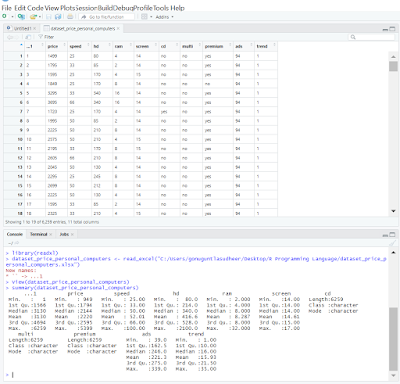An attribute tells about what kind of values or variables collected is known as Data Types. Data types mainly divided into quantitative data and qualitative data. Quantitative data will be data about amounts, and in this way numbers, and qualitative data is enlightening, and respects wonder which can be watched yet not estimated.
Qualitative methodology
Qualitative research is empirical research where the data are not in the form of numbers[1]. Qualitative research is multimethod in focus, involving an interpretive, naturalistic approach to its subject matter. This means that qualitative researchers study things in their natural settings, attempting to make sense of, or interpret, phenomena in terms of the meanings people bring to them [2].The aim of qualitative research is to understand the social reality of individuals, groups, and cultures as nearly as possible as its participants feel it or live it. Thus, people and groups, are studied in their natural settings [3].
Emotional depictions can expect a huge activity of prescribing potential associations, causes, effects, and dynamic strategies in qualitative methodology. Qualitative research uses a connecting with, story style; this investigation might be of explicit favorable position to the master as she or he could go to emotional reports in order to take a gander at kinds of data that may somehow be blocked off, as needs are expanding new understanding.
As a result of the time and costs included, subjective plans don't by and large draw tests from huge scale informational collections. The time required for information assortment, investigation, and translation is protracted. Investigation of subjective information is troublesome and master information on a region is important to attempt to decipher subjective information, and incredible consideration must be taken when doing as such, for instance, if searching for indications of psychological maladjustment.
Quantitative methodology
Quantitative methodology is gathering data in a numerical form that can be put into categories, or in rank order, or measured in units of measurement. Quantitative researchers aim to establish general laws of behavior and phenomenon across different settings or contexts.
Quantitative data can be interpreted with statistical analysis, and since statistics are based on the principles of mathematics, the quantitative approach is viewed as scientifically objective, and rational[4] [5]. Quantitative information depends on estimated values and can be checked by others in light of the fact that numerical information is less open to ambiguities of translation.
Large sample sizes are needed for more accurate analysis. Small scale quantitative studies may be less reliable because of the low quantity of data [5]. Poor knowledge of the application of the statistical analysis may negatively affect analysis and subsequent interpretation[6].
Compare and contrast qualitative data vs quantitative data
Qualitative data can be produced through:
· Texts and reports
· Audio and video chronicles
· Images and symbols
· Interview transcripts and center gatherings
· Observations and notes
Quantitative data can be generated through
· Tests
· Experiments
· Surveys
· Market reports and Metrics
To reinforce your comprehension of subjective and quantitative information, To secure subjective information, consider identifiers like the shade of your garments, kind of hair, and nose shape. For quantitative information, consider quantifiable like your stature, weight, age, and shoe size.
========================================================================
References
[1] Punch, K. (1998). Introduction to Social Research: Quantitative and Qualitative Approaches.
[2] Denzin, N., & Lincoln. Y. (1994). Handbook of Qualitative Research. Thousand Oaks, CA, US: Sage Publications Inc.
[3] McLeod, S. A. (2019, July 30). Qualitative vs. quantitative research. Simply Psychology. https://www.simplypsychology.org/qualitative-quantitative.html
[4] Carr, L. T. (1994).
The strengths and weaknesses of quantitative and qualitative research: what method for nursing?. Journal of advanced nursing, 20(4), 716-721.Journal of the Association for Information Science and Technology, pp. 2155–2159
[5] Denscombe, M. (2010). The Good Research Guide: for small-scale social research. McGraw Hill.
[6] Antonius, R. (2003). Interpreting quantitative data with SPSS. Sage.
[7] Minichiello, V. (1990). In-Depth Interviewing: Researching People. Longman Cheshire.
[8] Devin Pickell. (2019, Mar 4). Qualitative vs quantitative data. what’s the difference?
https://learn.g2.com/qualitative-vs-quantitative-data





